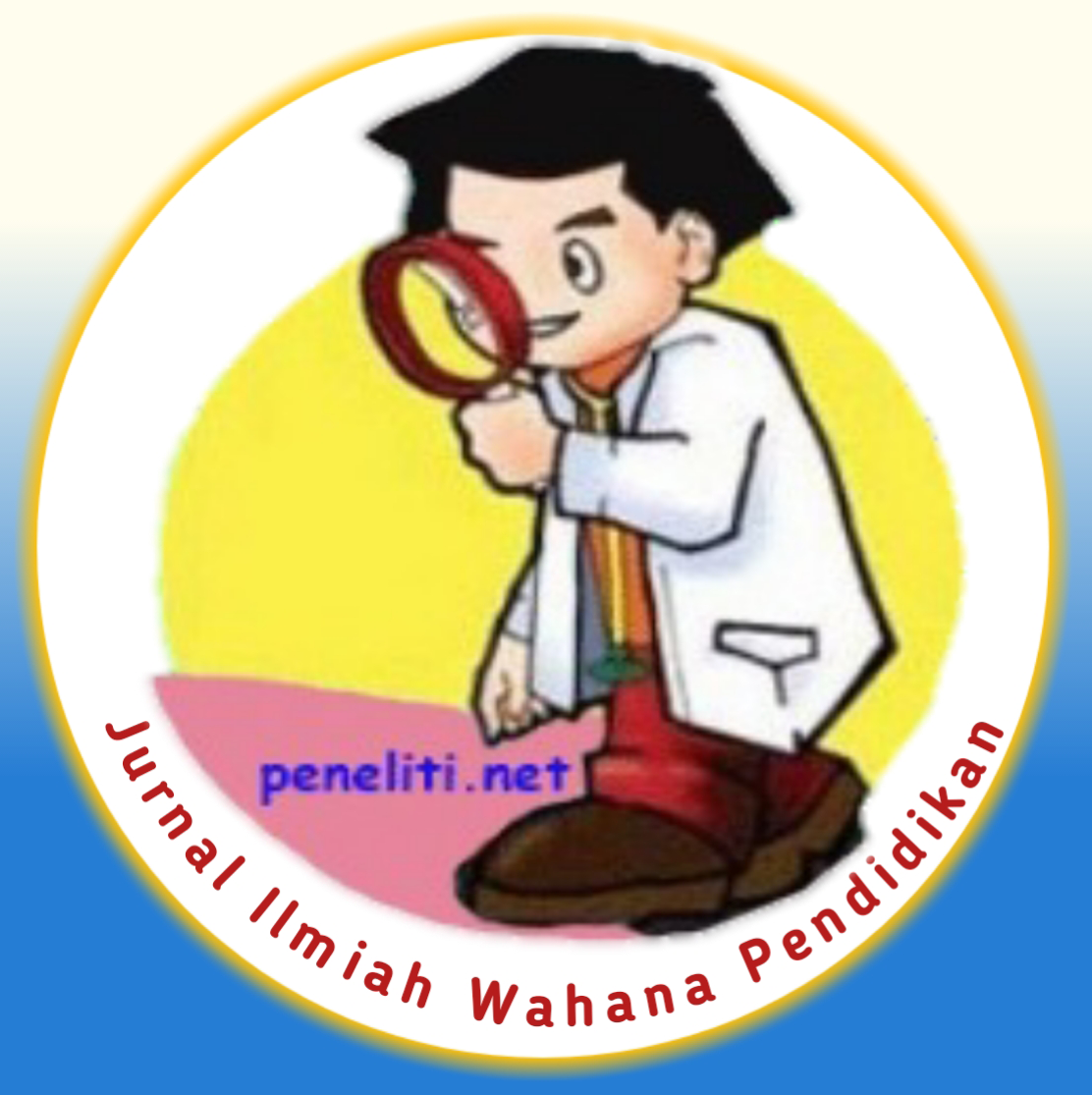Usulan Perbaikan Proses Produksi di UKM Jawara Sakti dengan Upaya Menerapkan Pengendalian Kualitas
Abstract
In the current era of industrialization, companies are competing to improve the quality of their production in order to compete with their competitors. In UKM Jawara Sakti, there are many quality improvement efforts that can be done, one of which is by using the seven tools method. This research data collection was carried out 30 times to support the validity of the data. seen from 3000 crackers examined, 20.53% experienced product defects. This figure is considered very large and detrimental. Therefore, by utilizing seven tools and 5W+1H, it is expected to improve product quality. The purpose of this study was to determine whether the production process carried out by the company was good or there were errors. The results showed that most of the defects were in the crushed skin, then it was not crispy and the skin did not expand. On the control chart, there are 3 points that cross the control limit, meaning that the production process of skin crackers is still not good and there are defects. it is known from the fishbone diagram that the factors that influence the crushed skin factor are human, material and machine. From not crunchy, it has factors, namely material, human, machine, and environment. From the skin does not expand, has a machine and material factors. After that, an analysis was carried out using 5W+1H to get counseling for improvement.
References
Idris, I., Sari, R. A., Wulandari, & U, W. (2016). Pengendalian Kualitas Tempe Dengan Metode Seven Tools. Teknovasi, 3(1), 66–80.
Hardono, J., Pratama, H., Friyatna, A., Studi, P., Industri, T., Teknik, F., Tangerang, U. M., Fishbone, D., & Tyre, G. (2019). Seven Tools. 5(1), 1–6.
Diniaty, D. (2016). Analisis Kecacatan Produk Tiang Listrik Beton Menggunakan Metode Seven Tools dan New Seven Tools (Studi Kasus: PT. Kunango Jantan). Jurnal Teknik Industri: Jurnal Hasil Penelitian Dan Karya Ilmiah Dalam Bidang Teknik Industri, 2(2), 157. https://doi.org/10.24014/jti.v2i2.5102
Aryanto, A. T., & Auliandri, T. A. (2016). Analisis Kecacatan Produk Fillet Skin On Red Mullet Dengan The Basic Seven Tools Of Quality Dan Usulan Perbaikannya Menggunakan Metode Fmea (Failure Modes And Effect Analysis) Pada PT. Holi Mina Jaya. Jurnal Manajemen Teori Dan Terapan| Journal of Theory and Applied Management, 8(1). https://doi.org/10.20473/jmtt.v8i1.2714
Ratnadi, R., & Suprianto, E. (2016). Pengendalian Kualitas Produksi Menggunakan Alat Bantu Statistik (Seven Tools) Dalam Upaya Menekan Tingkat Kerusakan Produk. Jurnal Indept, 6(2), 11. https://jurnal.unnur.ac.id/index.php/indept/article/view/178/0
Simatupang, Y. E. M. I., Wiyono, S. N., & Elly Raskimayati, P. P. (2021). Implementation of Quality Control in the Production Process of Robusta Coffee. Persepsi Masyarakat Terhadap Perawatan Ortodontik Yang Dilakukan Oleh Pihak Non Profesional, 7(1), 961–972.
Rachmawati, D., & Ulkhaq, M. M. (2015). Aplikasi Metode Seven Tools Dan Analisis 5W + 1H Untuk. Industrial Engineering Department, Faculty of Engineering, Diponegoro University, 1–9.
Hairiyah, N., Amalia, R. R., & Nuryati. (2020). Pengendalian Kualitas Amplang Menggunakan Seven Tools di UD. Kelompok Melati. Agrointek : Jurnal Teknologi Industri Pertanian. Agrointek, 14(2), 249–257.
Juran, J. M. (1962). Quality control handbook (4rd Editio). Mc Graw.




